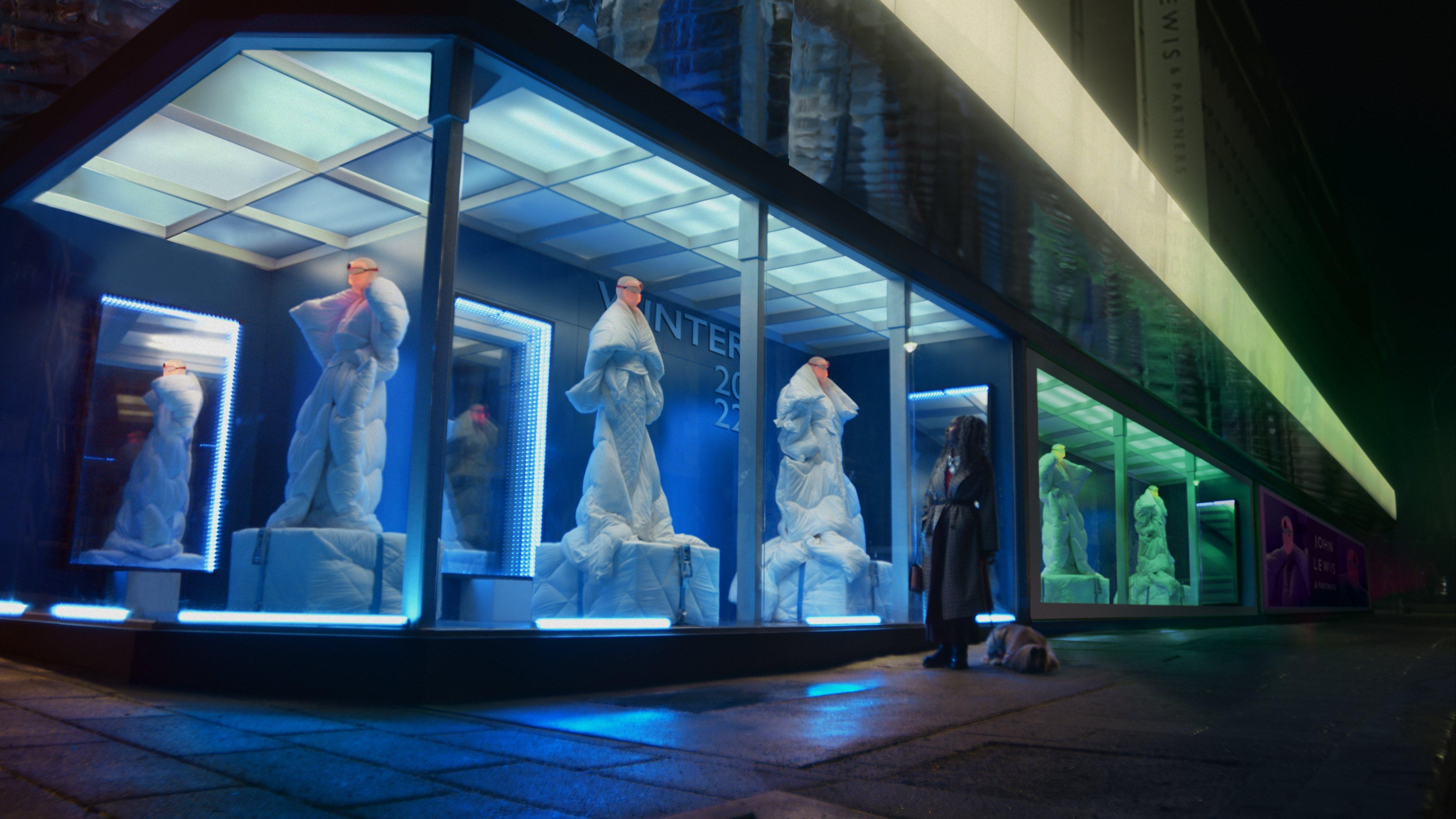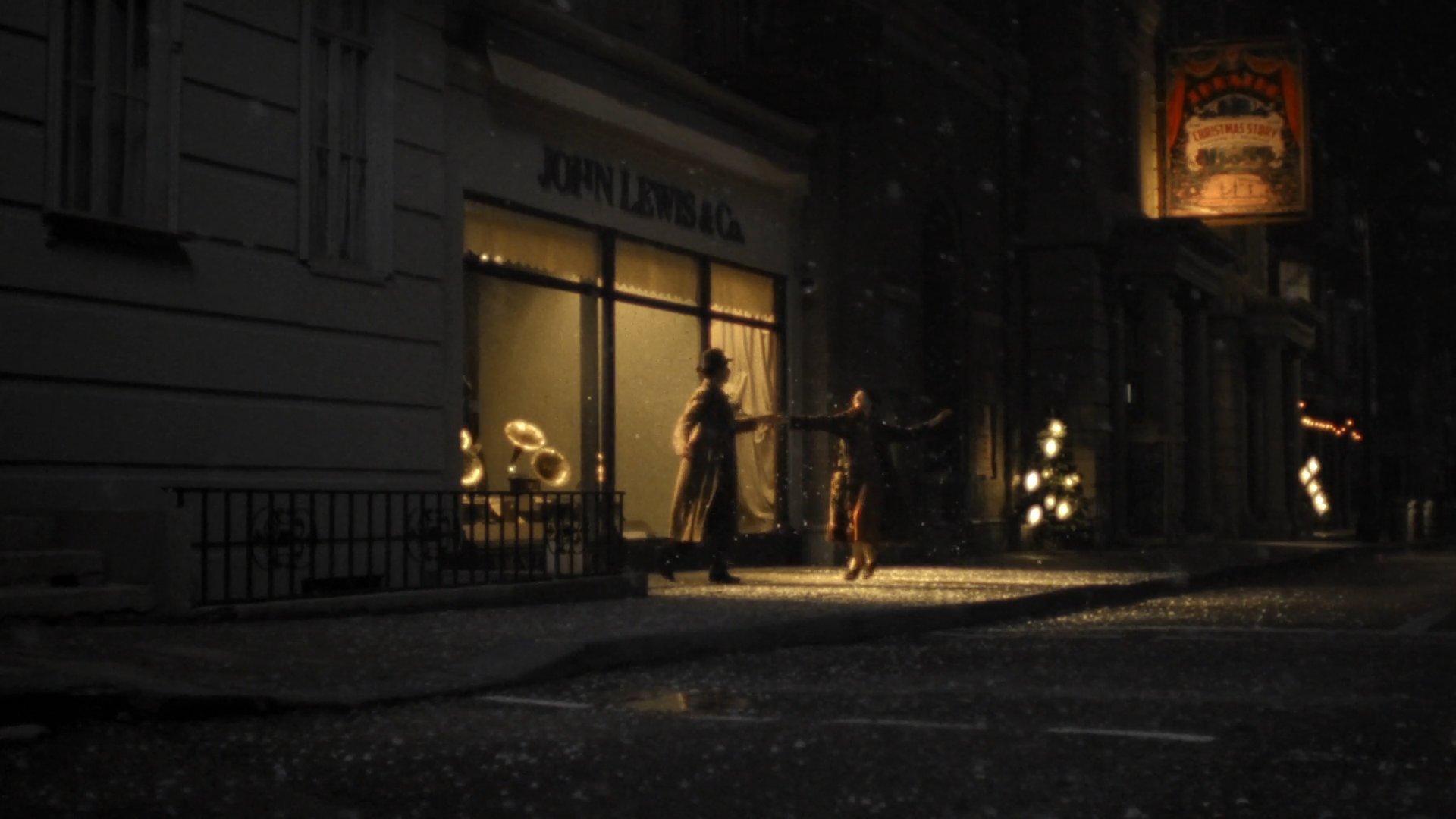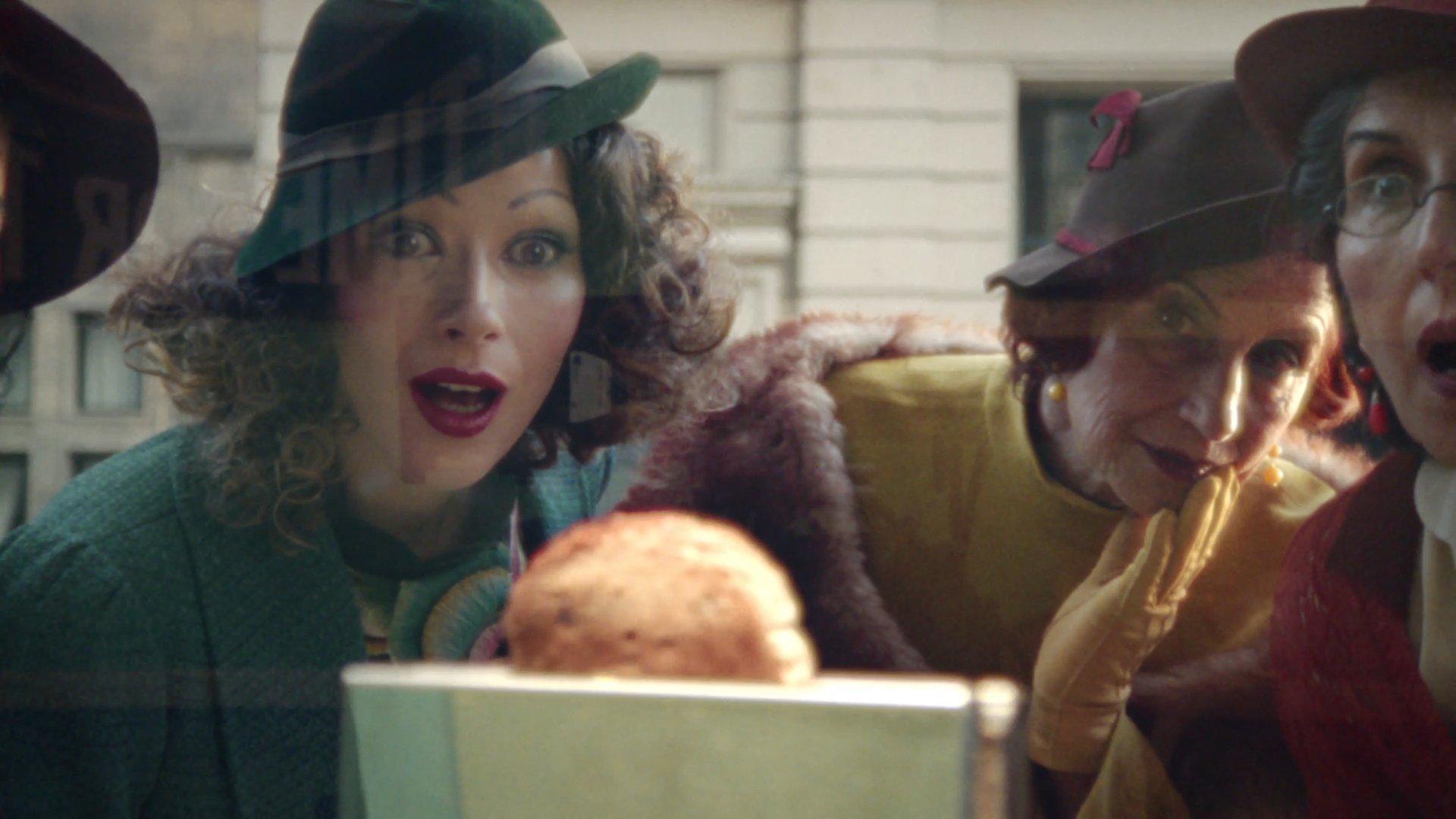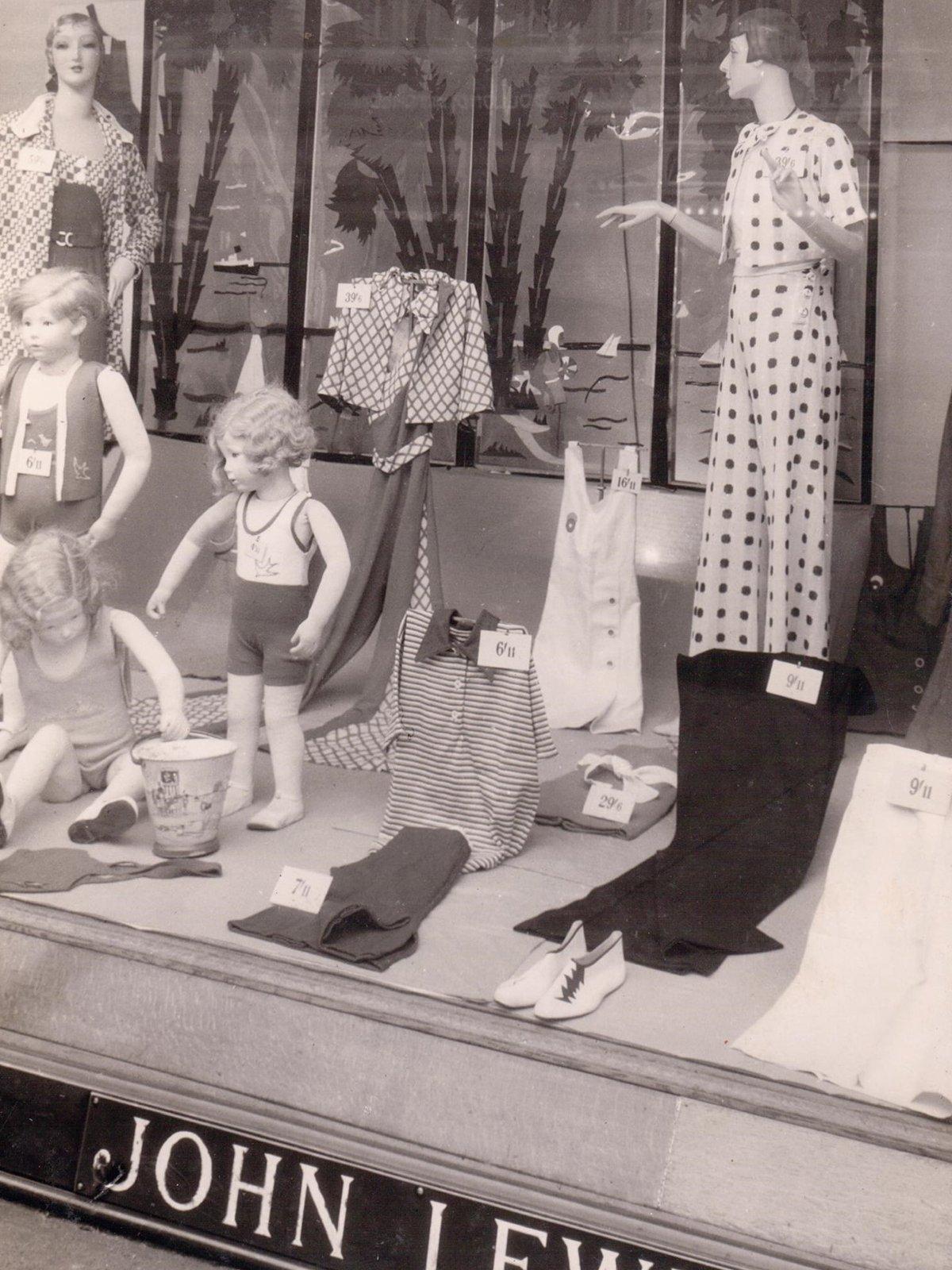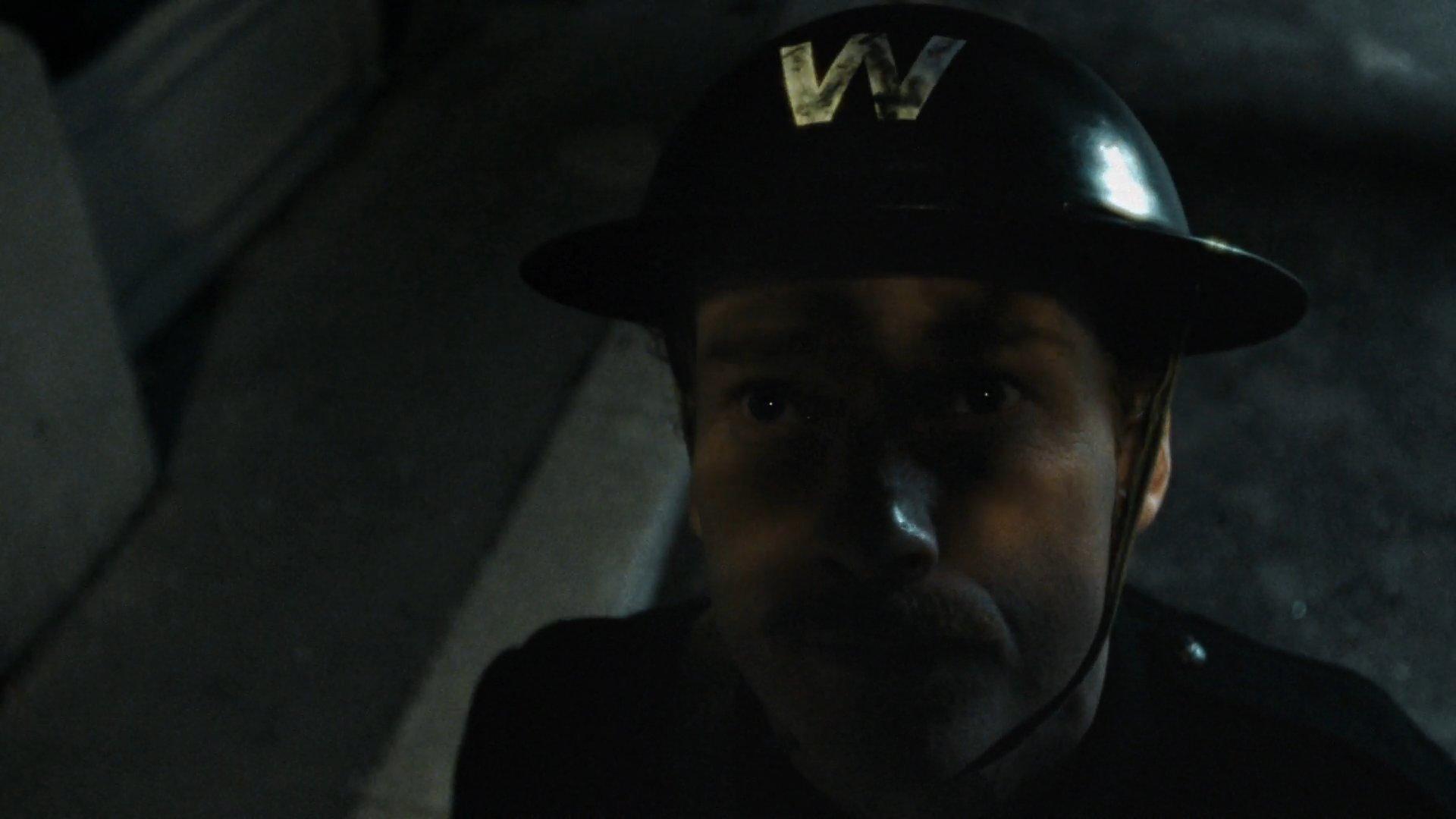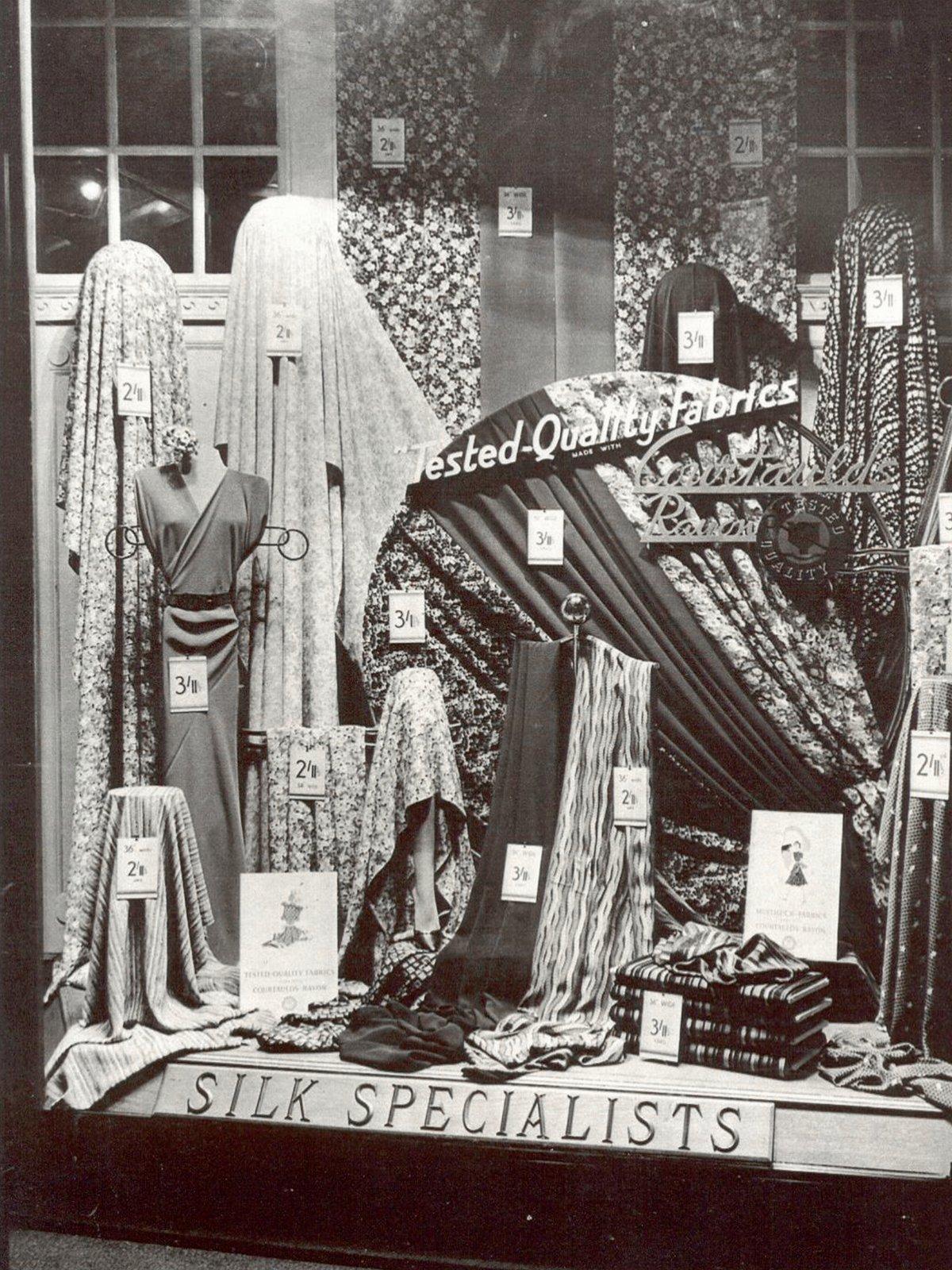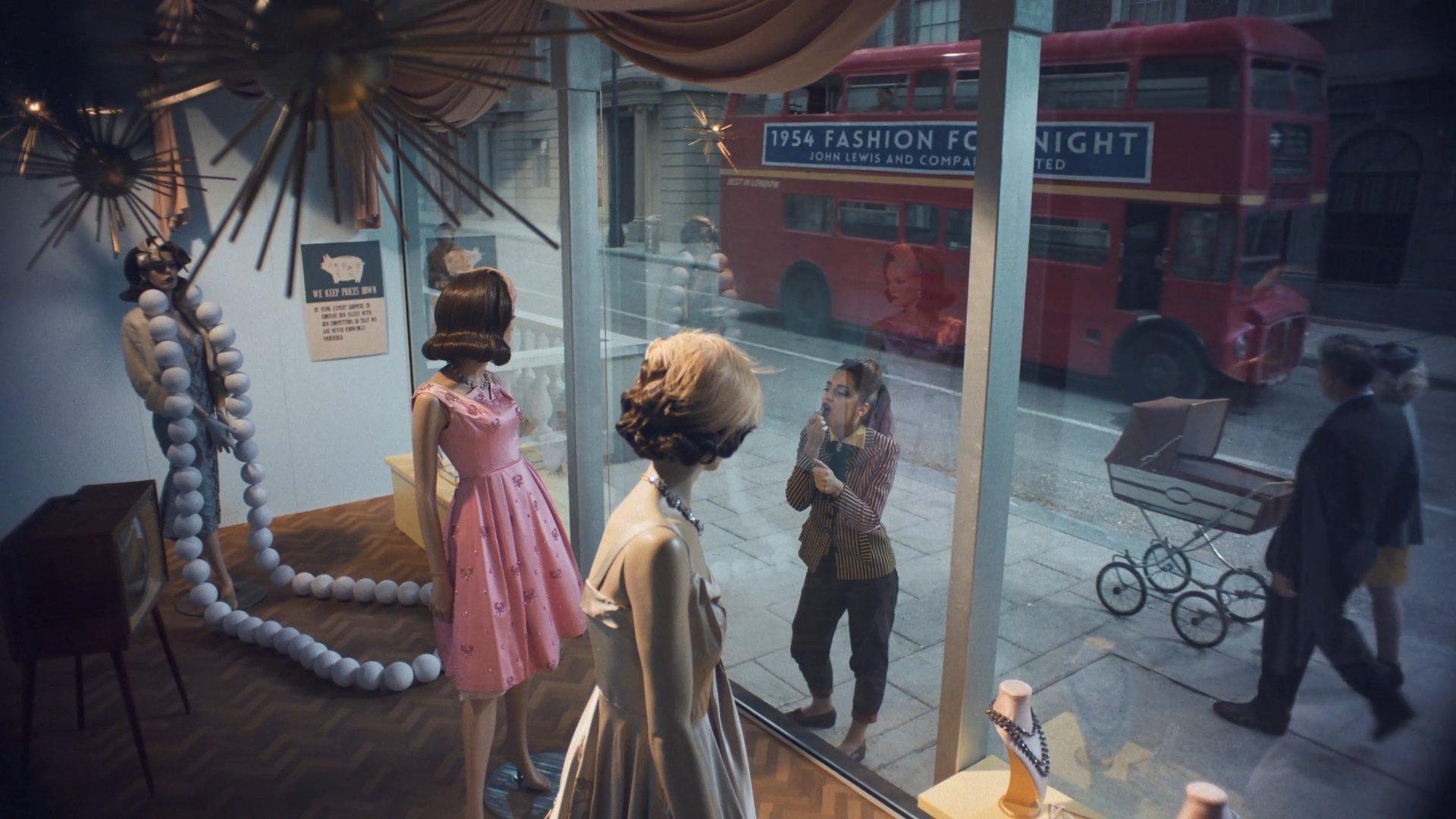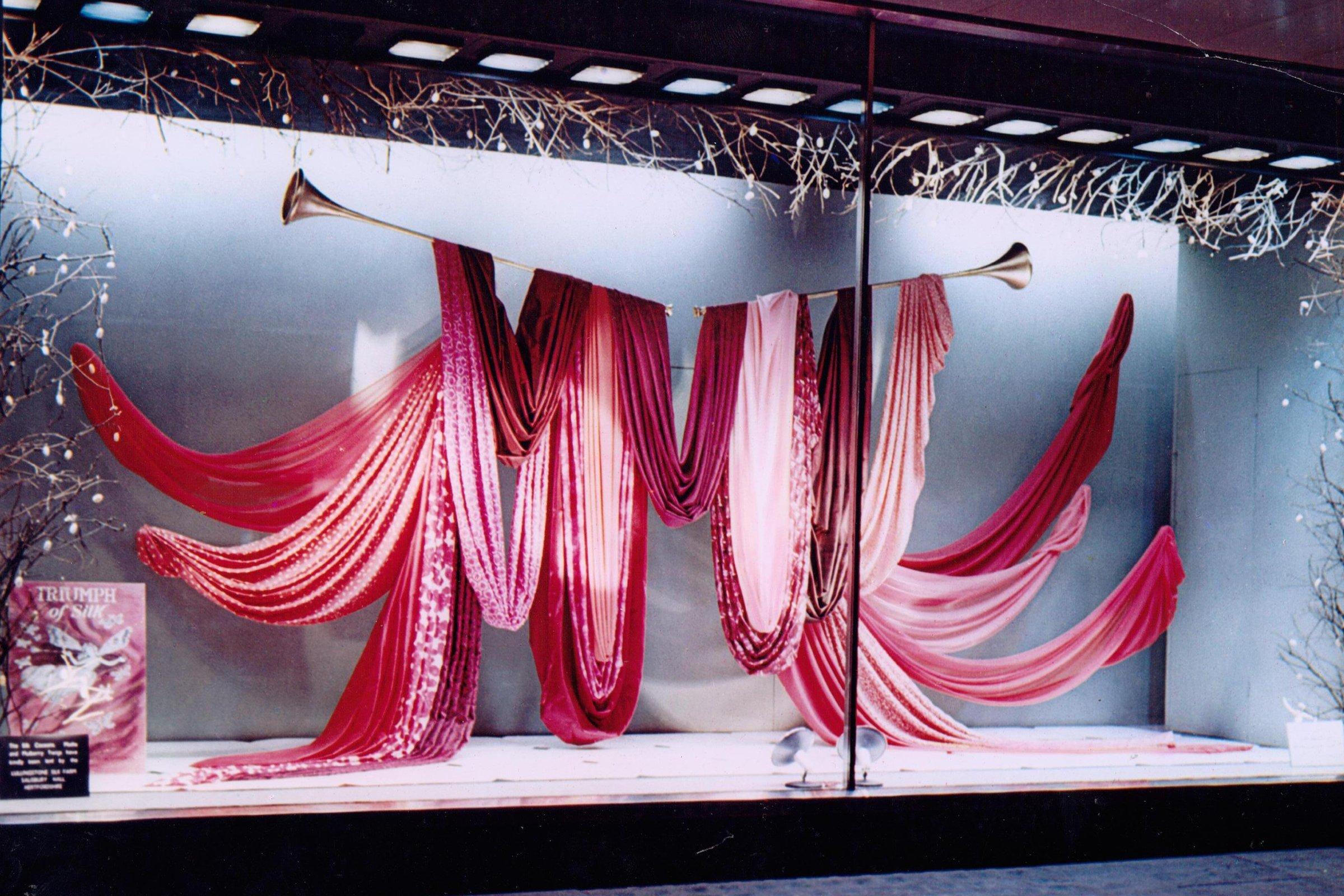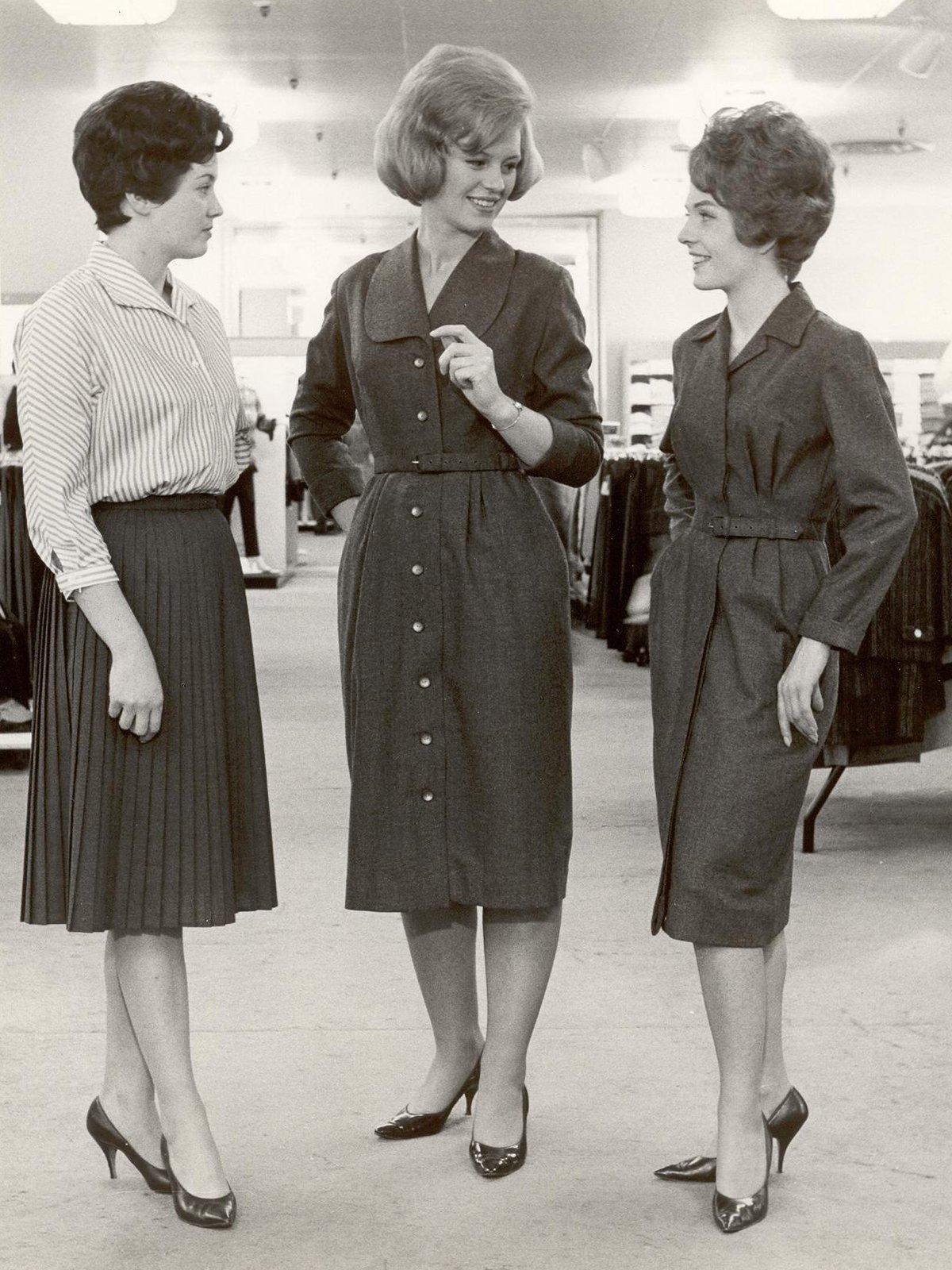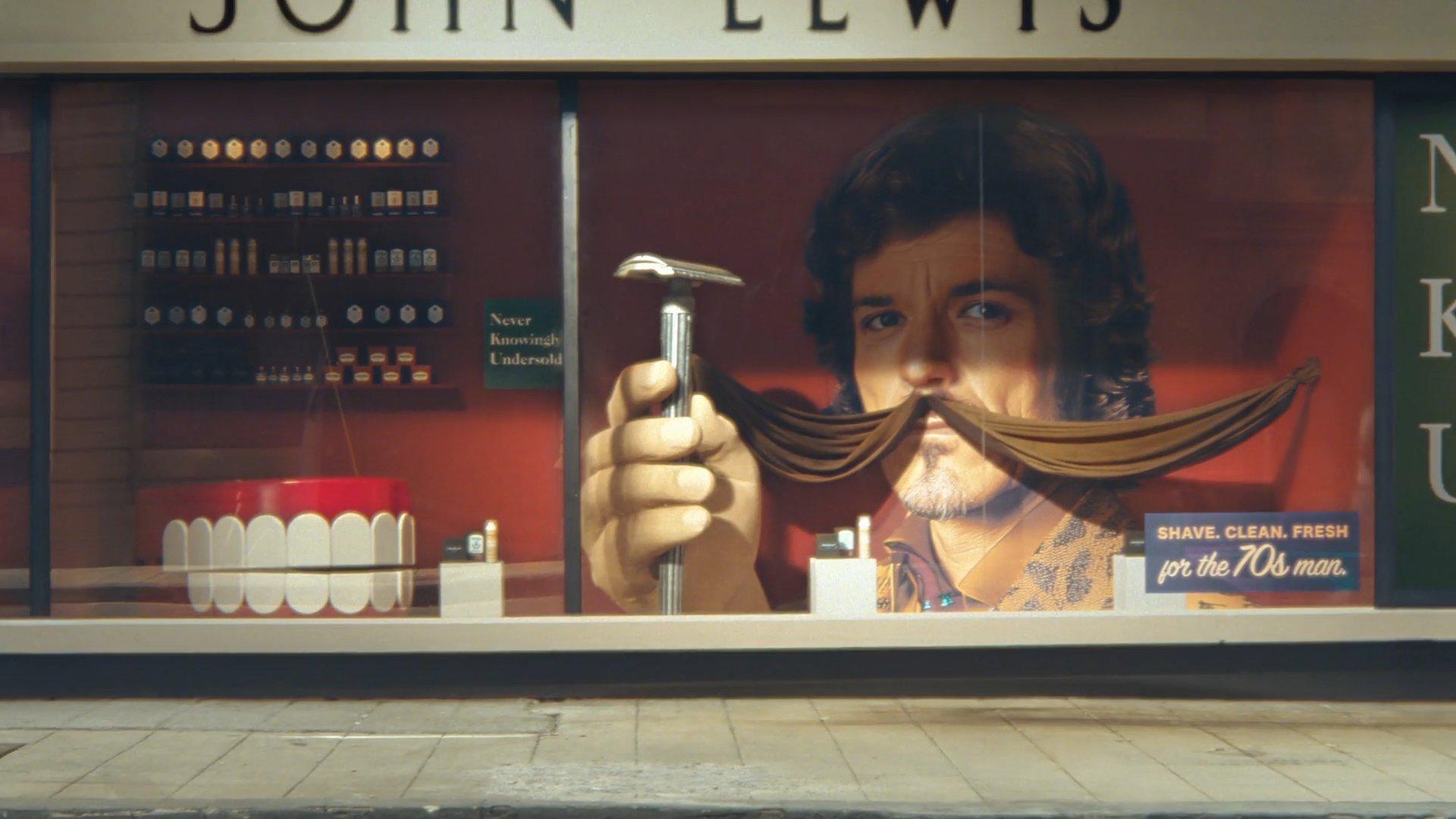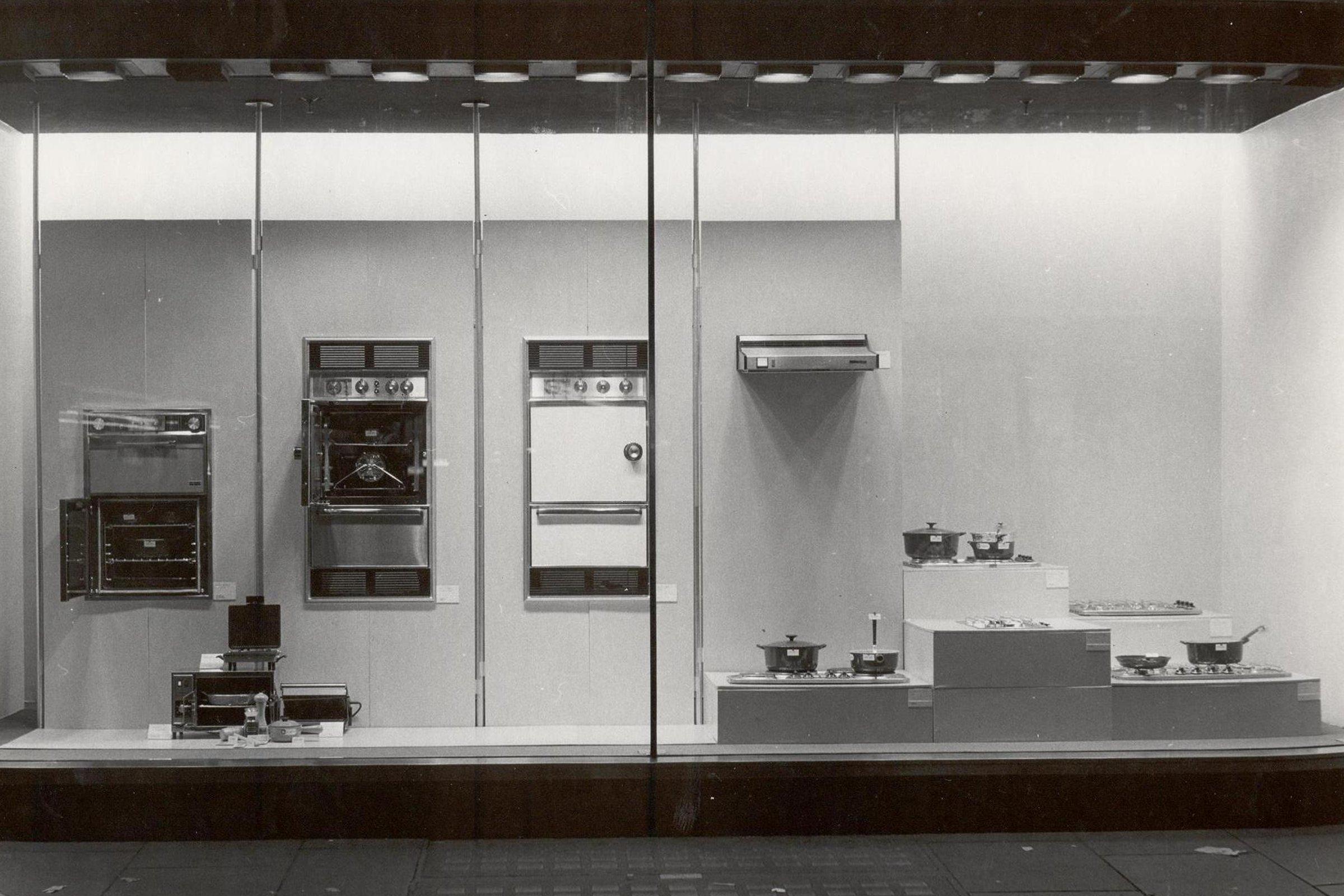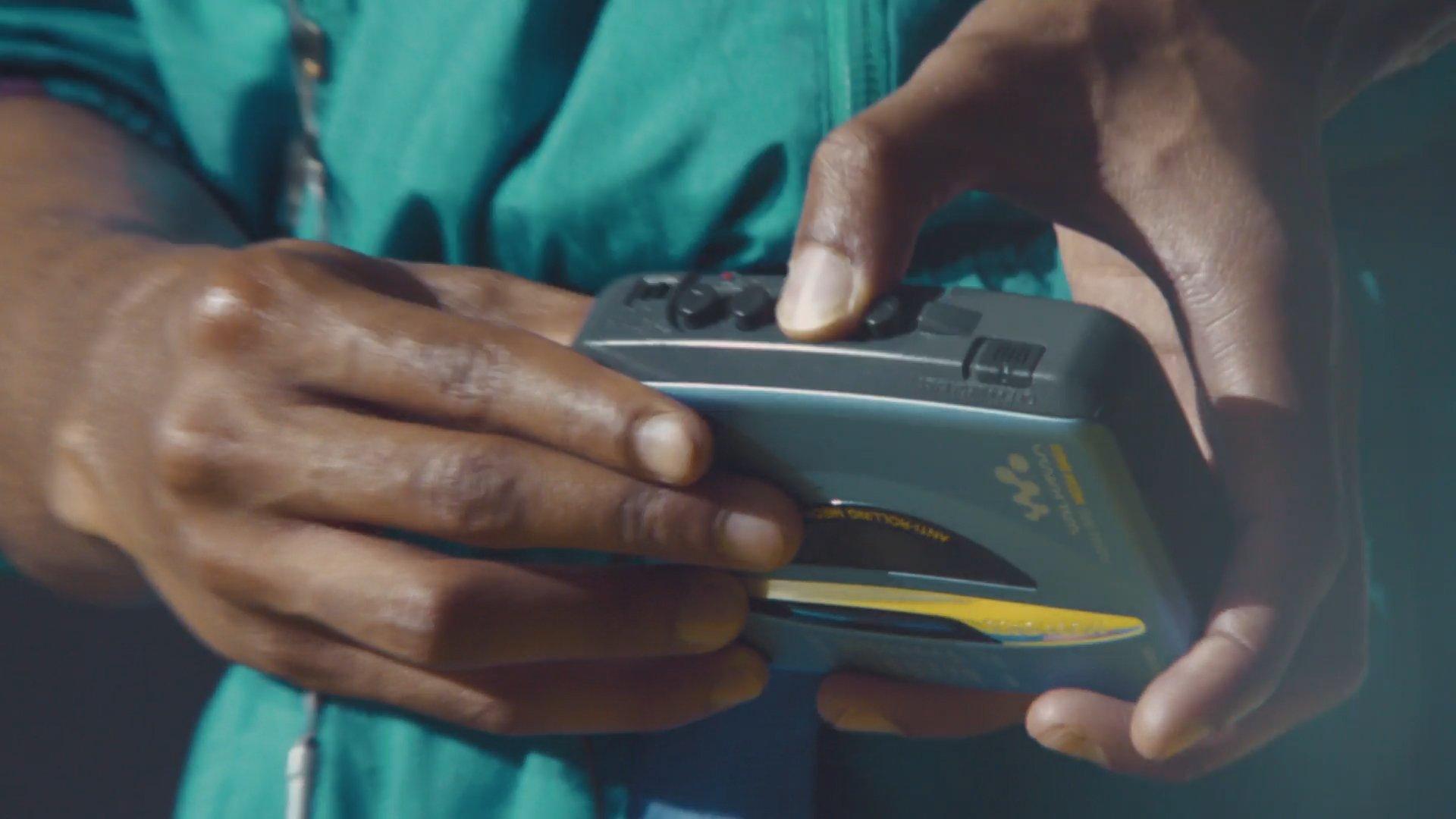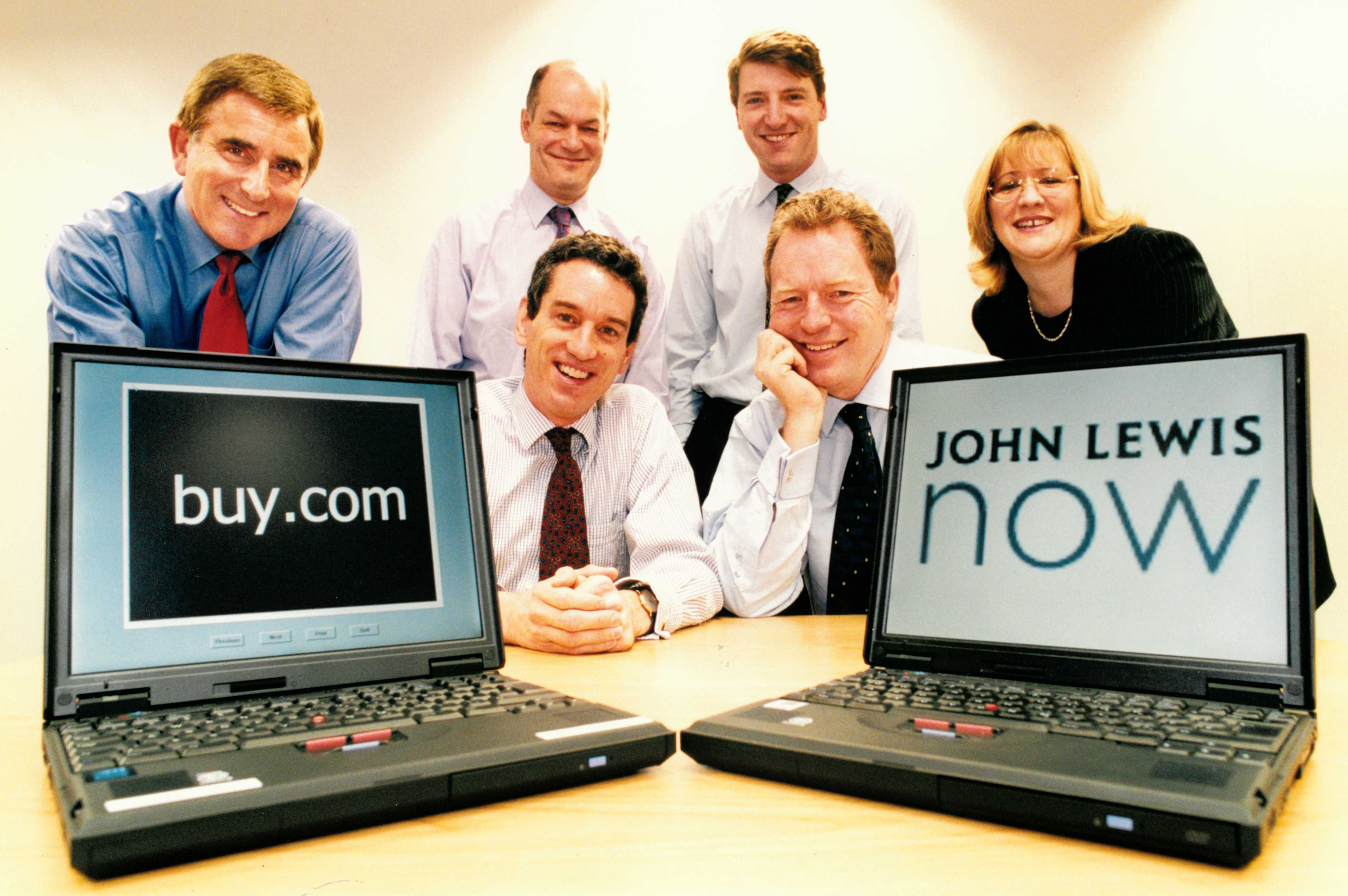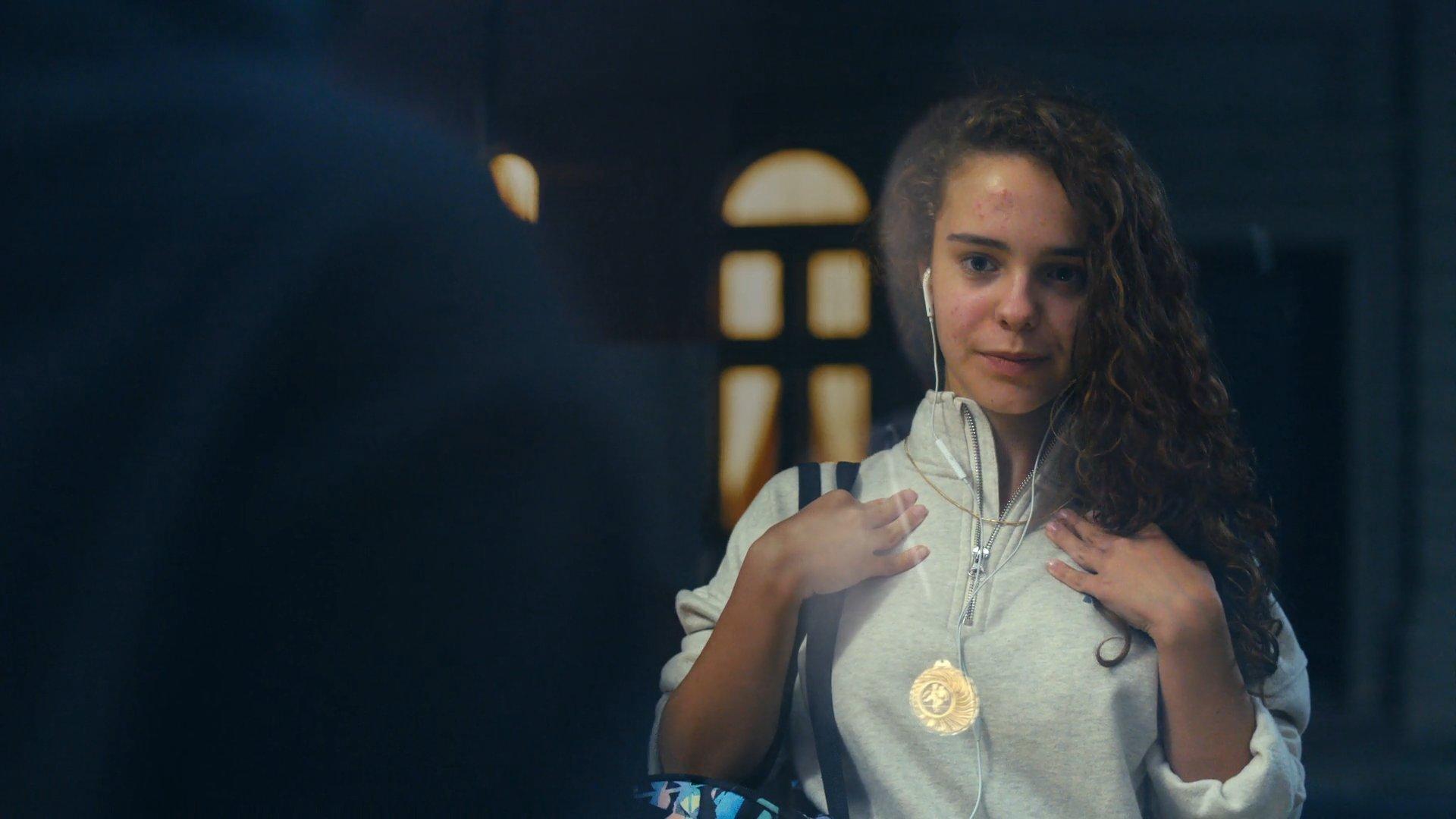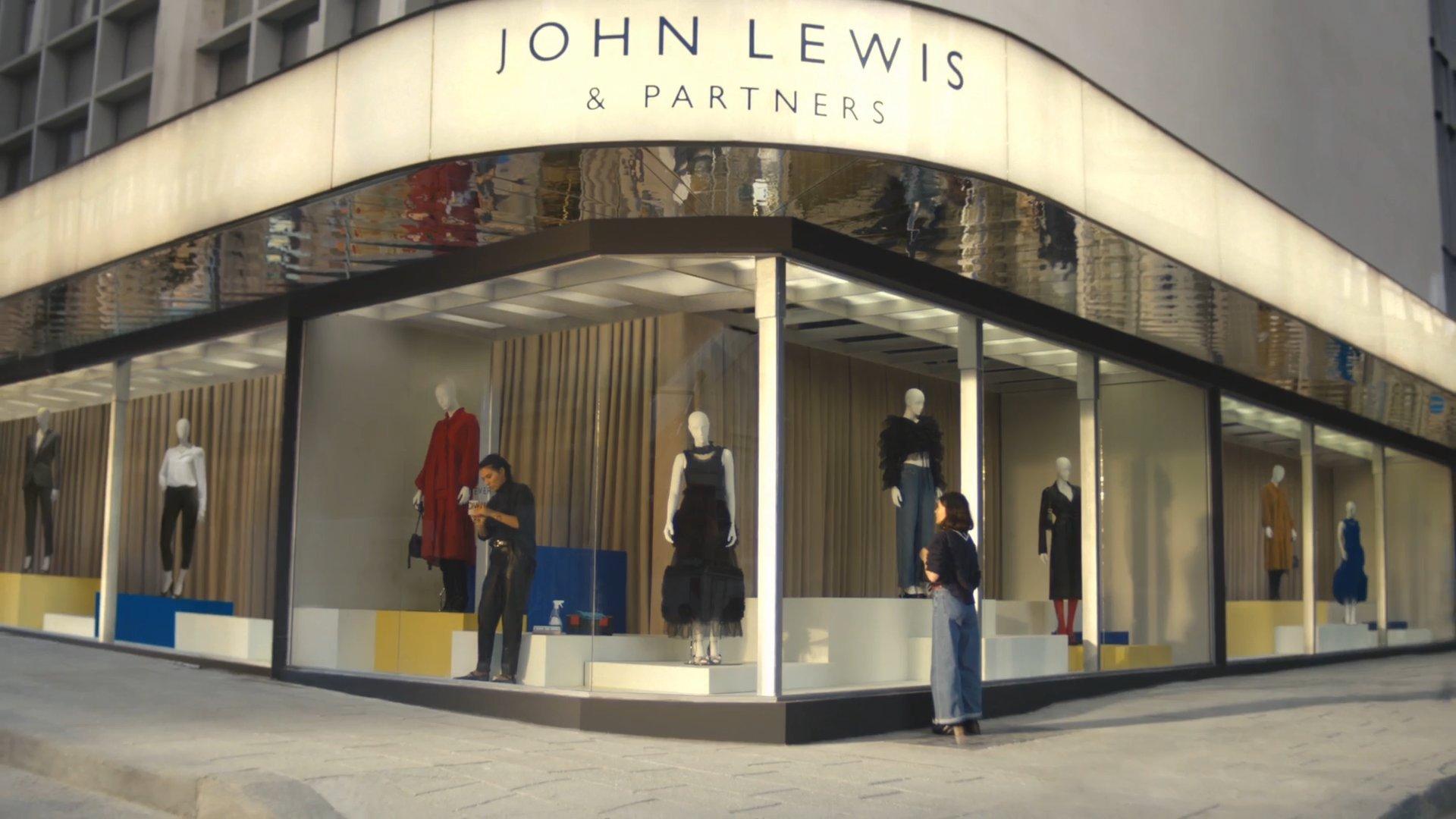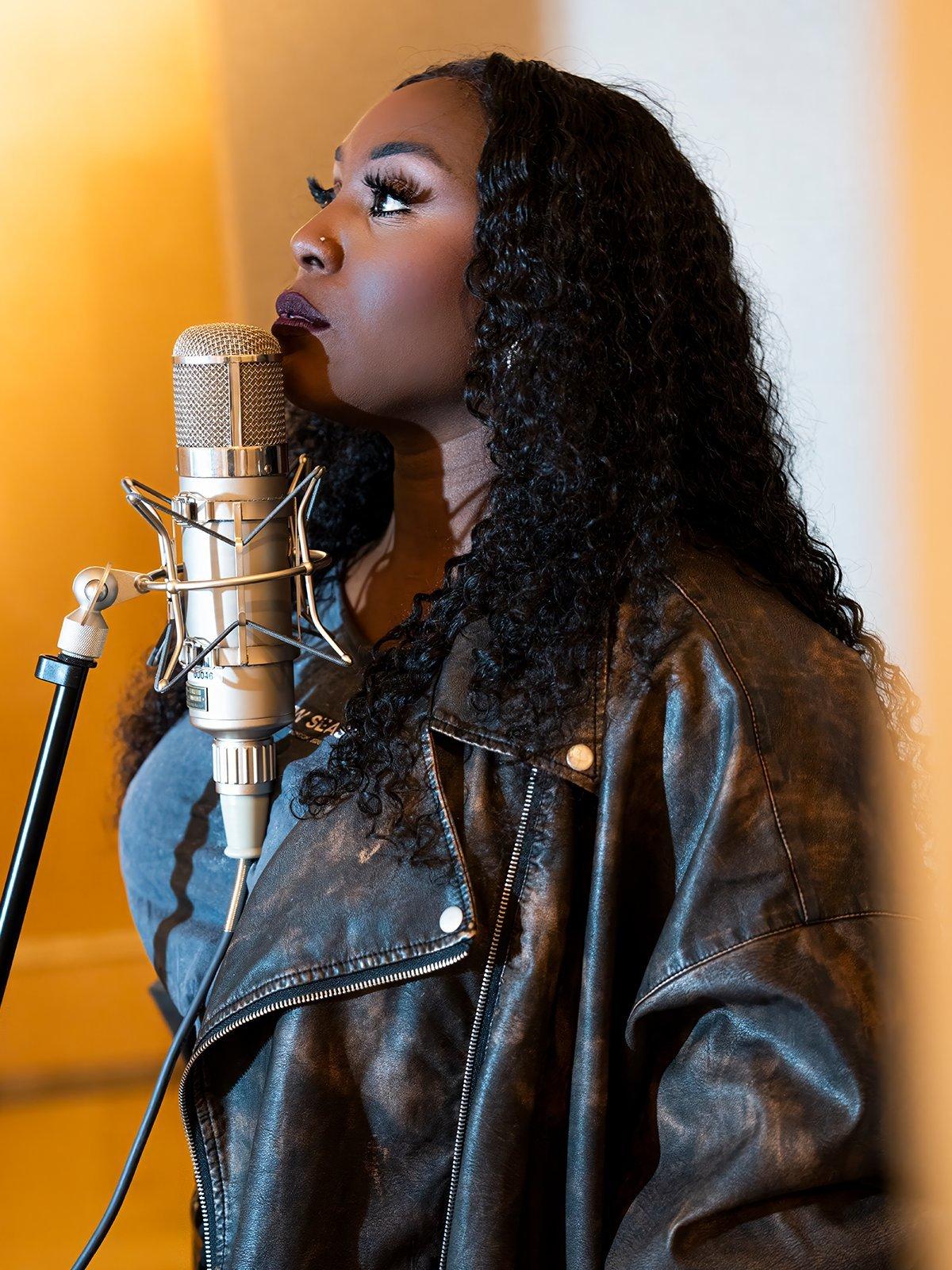The Story of John Lewis: 100 years of Never Knowingly Undersold
We’re celebrating 100 years of Never Knowingly Undersold and helping our customers live knowingly. Over the decades we’ve learnt a lot along the way, here we look back at the history of John Lewis.
Britain was recovering from World War One, which ended in 1918, and the post-war economic depression greatly affected trade for all businesses. The eponymous founder of John Lewis died in 1928 aged 92 and his son, John Spedan Lewis established the John Lewis Partnership the following year.
Elsewhere in the decade, around 1925, the Toastmaster allowed two slices of bread to be toasted at the same time, and Arthur Leslie Large invented the electrical kettle in 1922. John Lewis was an early stockist of electric kettles, and for a limited time, you can check out our ‘Time for Tea’ store window from the decade at Peter Jones.
In 1932, the first Royal Christmas Message was read by George V. The radio was a best-selling product for the John Lewis and the most popular household item of the decade. The whole family would sit round the radio to listen to their favourite music shows, the news or soap operas.
This decade was defined by WWII (1939 – 1945). The basement of John Lewis Oxford Street was transformed into a workable and liveable bomb shelter to protect customers and Partners. On the night of the 18th September 1940, it saved the lives of over 250 civilians when an enemy bomb landed directly on the premises.
John Lewis on Oxford Street remained a bomb site for a number of years after the end of the war, while the Partnership gathered the funds to rebuild. A temporary shop was first erected on the site in 1947.
In 1952, John Lewis experimented with opening until 7pm every Thursday. This proved a great success as thousands of office workers visited shops on their way home.
The event that first gave television a big push was the televised Coronation of Queen Elizabeth in 1953. But at £50 for the cheapest TV sets, it was still too expensive for many working class families. As late as the 1960s, our department stores were still giving people technical advice about how to watch TV.
The ‘Swinging Sixties’ remain the defining decade for Britain. Interior design trends were inspired by pop art and bold graphics and John Lewis sold popular shag pile rugs, beanbags and lava lamps.
This was a big decade for technology – 64 per cent of homes had a washing machine, the first domestic microwave cooker hit the market and VHS recorder and Sony Walkman were all sold in this decade.
The makeup trends of the 1970s were as eclectic as the cultural icons who wore them – from Twiggy’s iconic eyelashes or Cher’s signature smoky eyes. Disco-ready bright red lipstick and pastel-blue eyeshadows reigned supreme.
For men this decade kick-started a sense of experimentation and flamboyance in grooming, with long hair, thick moustaches and sideburns all becoming popular.
The success of John Lewis Edinburgh continued to flourish, and by the mid-1980s, the Partnership announced plans for a major extension of the store. That said, the 1980s were a politically turbulent decade that saw profound change brought on by Thatcherism.
Come and see our 1980s inspired window in our Newcastle store from 20 September, as seen in our new TV ad.
Computers to buy first appeared in the department stores of the John Lewis Partnership in the 1980s, but their rise surged in the ’90s, becoming commonplace in offices and more affordable for homes.
A new decade and millennium dawned. Online shopping began to transform the retail landscape, and in 2001 the launch of johnlewis.com marked a significant milestone for the Partnership, aligning with the internet boom of the late 1990s and early 2000s.
A huge cultural highlight of the 2010s was hosting the Olympic Games (John Lewis was an official partner) as well as the Royal Wedding of Prince William and Catherine Middleton.
It was in this decade that John Lewis & Partners solidified its reputation for creating memorable Christmas adverts, with "The Bear and the Hare" (2013) and "Man on the Moon" (2015) becoming widely anticipated parts of the holiday season.
We’ve taken a long walk down memory lane and it’s brought us to today: the relaunch of our Never Knowingly Undersold promise (here’s why it’s better than ever), and the opportunity to share the pieces of wisdom we’ve gathered along the way. These help us stay true to our enduring commitment to quality, service and price.
To see the eras recreated in our store windows, head to the following John Lewis locations:
Peter Jones to see the recreation of the 1920s, Edinburgh for the 1940s, Liverpool to see the swinging 1960s, Newcastle to see the 1980s, Cheadle for a modern 2022 and Oxford Street for the present day.
We look forward to seeing you there.
Following the launch of our TV advent, Laura Mvula has recorded the full single of Paul Simon’s ’I Know What I know’ for release
Our new Live Knowingly TV ad, part of our newly relaunched Never Knowingly Undersold brand promise, takes you through the eras of John Lewis.
Due to popular demand, we are releasing the soundtrack (Laura Mvula’s contemporary version of Paul Simon’s ‘I Know What I Know’) on Friday 4 October, and we’re donating its proceeds to the Building Happier Futures fund.
Listen now, and watch our behind the scenes video with Laura below.

